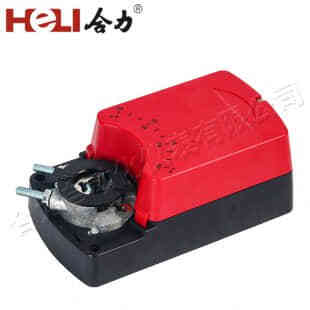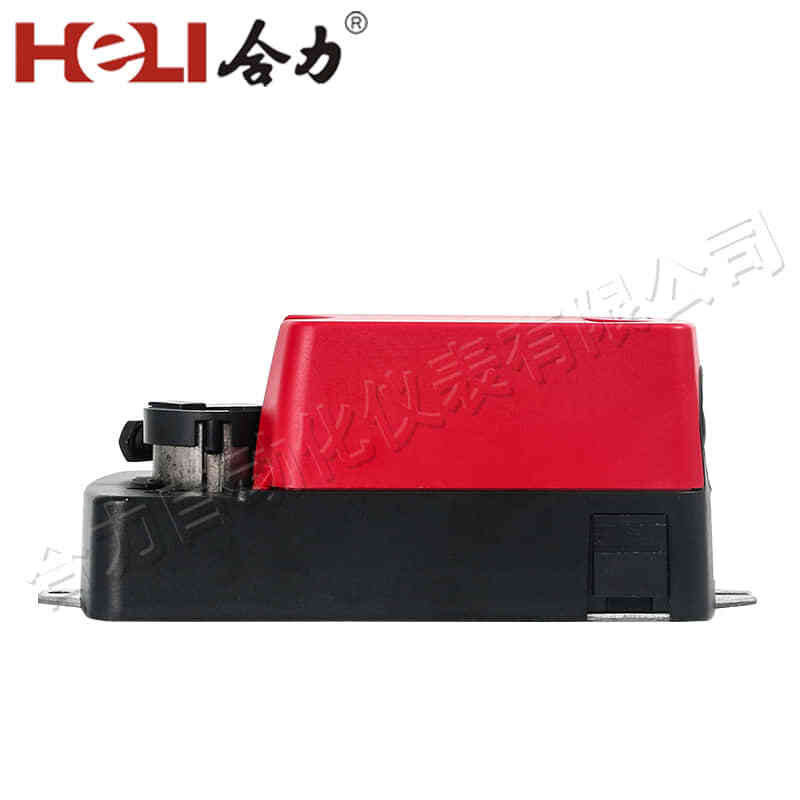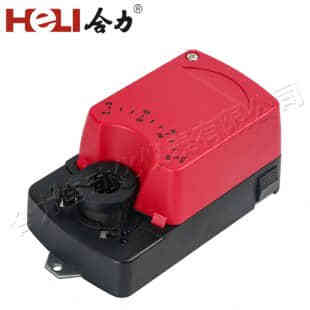Damper actuators are vital components in modern HVAC (Heating, Ventilation, and Air Conditioning) systems, industrial machinery, and various automation applications. These devices control the position of dampers, allowing the regulation of airflow, pressure, and even temperature within a system. As industries grow more advanced, the demand for efficient and reliable damper actuators has skyrocketed, driving innovation and competition among damper actuator manufacturers. This article explores the importance of damper actuators, the key players in the market, and the technological advancements shaping the industry.

The Role of Damper Actuators

A damper actuator is a mechanical or electromechanical device used to move the damper blade within a duct or ventilation system. These devices ensure that airflow is controlled in accordance with system needs, contributing to energy efficiency, comfort, and safety. They can operate either on a modulating basis, adjusting the damper gradually, or on an On/Off basis, fully opening or closing the damper. Damper actuators come in various types, including electric, pneumatic, and spring-return actuators, with each suited to specific requirements. Electric actuators, for instance, are widely used in HVAC systems due to their precision, ease of control, and compatibility with modern digital control systems. Pneumatic actuators, powered by compressed air, are often used in industrial applications where electrical power sources may not be readily available or desired. Meanwhile, spring-return actuators serve as fail-safe mechanisms, ensuring that the damper returns to a default position in the event of a power failure or system malfunction.
